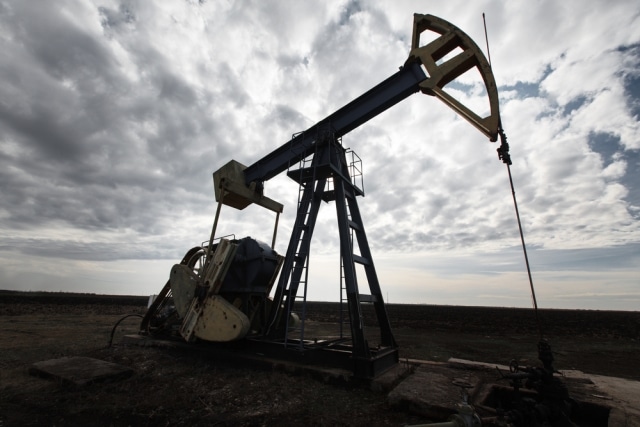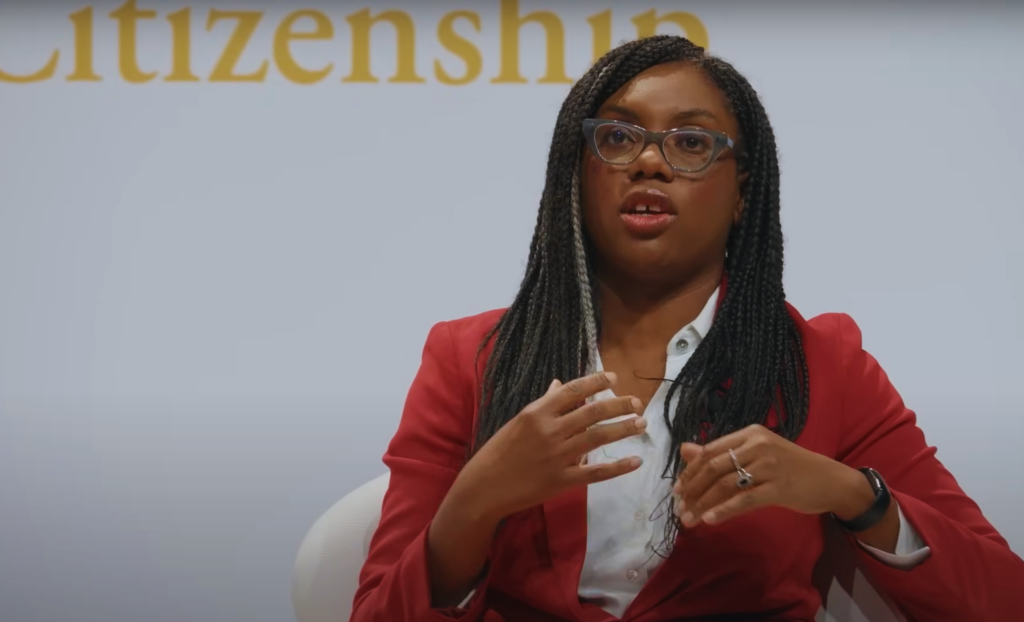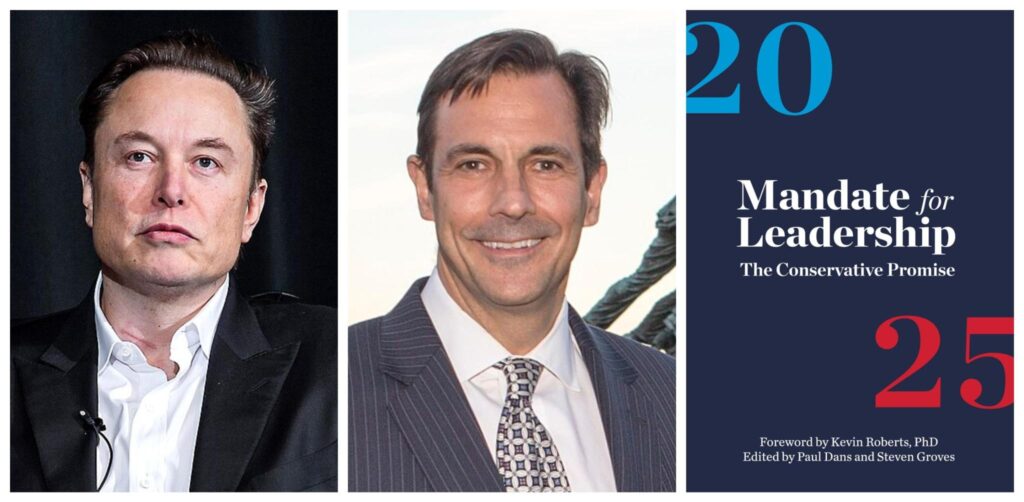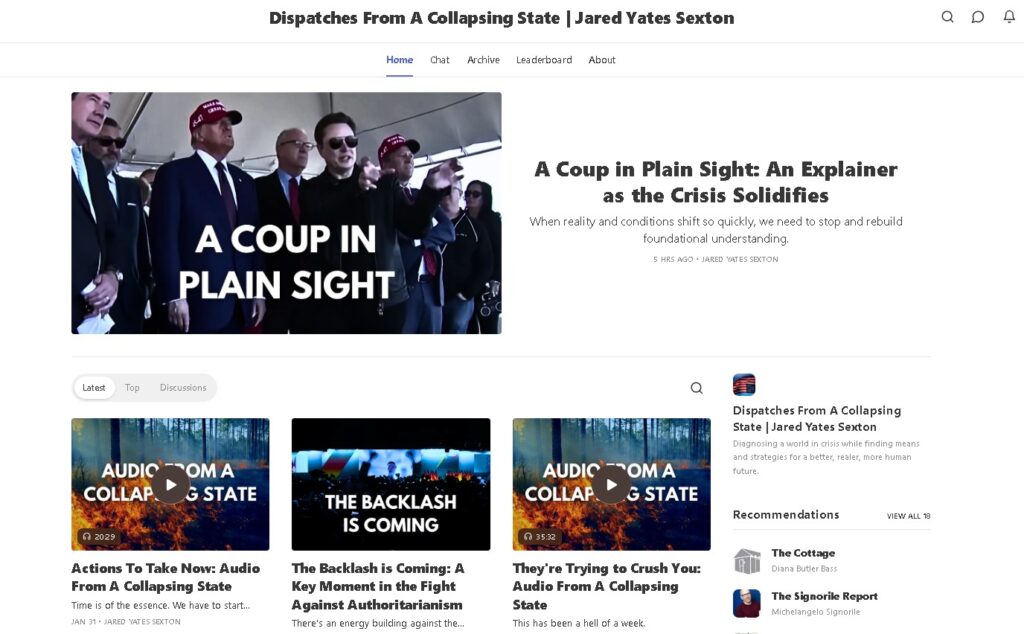In 2010, when Congress tasked the EPA with launching a national study of the risks posed by hydraulic fracturing, environmentalists were cautiously optimistic.
“At least the EPA is paying attention,” Don Young, founder of Fort Worth Citizens Against Neighborhood Drilling Operations told the Christian Science Monitor in 2010.
And for a while, there seemed to be strong signs that the EPA planned to conduct a rigorous investigation. At the outset, the agency’s plans included investigations into public health impacts, air pollution, well failures, run-off, and a range of other harms associated with the shale drilling rush.
And into 2011, EPA withstood intense pressure from the shale gas industry and its supporters in Congress to sharply narrow the scope of their research, and in particular to focus exclusively on one part of the process, the actual frac job, rather than to look at the full range of impacts from shale oil and gas extraction.
But at the same time, the goals of the national study were drastically narrowed. Plans, for example, to model the hazards potentially posed by dumping radioactive fracking wastewater at sewage treatment plants — essentially flushing it down the drain and allowing it to enter rivers only partially treated, as was common in Pennsylvania at the time — were slashed from the study.
That industry pressure has continued in the years since, and over time, EPA has indeed dramatically lowered its ambitions and limited the scope of its research, leaving only a small fraction of the original study standing, based on a review by DeSmog of internal EPA documents and emails.
Read also: Internal Documents Reveal Extensive Industry Influence Over EPA‘s National Fracking Study
The drilling industry has long worried that the study might show that fracking causes harm, which could lead the federal government to enact national rules instead of leaving regulation up to individual states.
“Many believe it will be the rationalization of new federal fracking regulations before the end of this administration,” the pro-drilling president of the U.S. Chamber of Commerce Thomas Donohue said in 2013 at a gathering of business executives.
The study, initially slated for release in 2012, has been repeatedly delayed, allowing the oil and gas industry to stall any federal legislation with the argument that research remains underway.
In October, EPA officials told NGI Shale Daily it would publish a draft of its report in March.
But, despite the delays, internal documents from the study provided to DeSmog by Greenpeace, show industry pressure has successfully narrowed the study’s ambitions.
At the outset, the agency could not have been more clear about the study’s scope.
“The scope of the proposed research includes the full lifespan of water in hydraulic fracturing, from acquisition of the water, through the mixing of chemicals and actual fracturing, to the postfracturing stage, including the management of flow back and produced water and its ultimate treatment and disposal,” Paul Anastas, assistant administrator of EPA’s Office of Research and Development, testified before Congress in 2013.
But the oil and gas industry continued to argue behind the scenes against this plan.
Meanwhile, the industry got the EPA to drop a major wing of the study — the plan to test for contamination both before and after wells were drilled and fracked — was entirely eliminated from the study under industry pressure.
The industry also successfully pressured EPA to abandon investigations into reported water contamination in several states.
This is not the first time that federal research into oil and gas hazards has been watered down. Time and again, research that could have served as the basis for potential federal legislation of the industry has instead been used to justify creating or preserving loopholes in environmental laws. Energy lobbyists know that if they can win a fight over research, they can avoid having to deal with regulation down the road.
Abandoning Research
The tactics follow a textbook pattern.
Step one: using a rhetoric of collaboration and “non-adversarial” relationships, the industry effectively establishes inside access to what otherwise should be an independent research process. This allows the industry to meddle with study methodologies, pick and chose its own favored experts, and distort findings.
Step two: through inside access, the industry affords itself the authority to contest, after the fact, any findings that it is not able to water down on the front end.
Step three: this access also allows industry the ability to impose infeasible methodological demands on the agency, slowing the process to a crawl and at times forcing the agency to give up trying to get answers to certain key questions.
These are the exact steps that have been used before and are unfolding again now.
One major segment of the study, the pre- and post-drilling test plans which academics told DeSmog would have provided some of the most informative data on how the arrival of industry affects local water, soil, and air, have been scrapped. Those plans were heavily reliant on industry cooperation from the start — and they were ultimately scrubbed after companies imposed such demanding requirements that EPA was unable to locate any suitable sites to conduct tests.
A second major segment of the study called for investigations into reported contamination cases in 5 states but has foundered under industry pressure. EPA‘s plans to investigate high-profile cases like the water contamination in Susquehanna County, PA and Pavillion, WY have collapsed, with EPA announcing it was walking away from its research there.
Some of the whittling down of the scope and rigor of the EPA‘s research allegedly occurred at the hands of top EPA brass.
For example, in 2012, EPA issued a statement claiming that the water in Dimock, Susquehanna County, was safe to drink — but an internal EPA PowerPoint presentation first published by DeSmogBlog on Dimock showed that frontline staff warned higher-ups of contamination, listing nearby drilling as the likely cause.
The whistleblowers involved, described by E&E News as two “career employees at the EPA” objected to “patently unethical and possibility illegal acts conducted by EPA management,” and described political pressure to stop investigating contamination in Dimock.
In January 2013, an AP investigation into EPA‘s research in Texas concluded that “the EPA had scientific evidence against the driller, Range Resources, but changed course after the company threatened not to cooperate with a national study into a common form of drilling called hydraulic fracturing.” (Specifically, Range Resources had threatened to not allow EPA to conduct its pre- and post-drilling tests at a different Range site – plans that are now also cancelled).
Although EPA‘s most recent plans still involved testing for harm at other sites, the abandoned investigations, at some of the sites where evidence of contamination appeared strongest, show clear signs of interference by the industry and its supporters.
Study, Sanitize, Repeat
Watered-down federal research weakens the possibility for future regulations. It also has been used to justify loopholes in federal environmental laws for the oil and gas industry.
For instance, in 1987, when Congress considered how to regulate oil and gas waste products under the hazardous waste handling statute (known as the Resource Conservation and Recovery Act), a study was used to justify leaving oil and gas waste exempt from the requirements faced by most other industries.
The report found evidence that the waste was hazardous, but staffers’ scientific recommendations were erased and Congress was told risks were minimal.
“It was like the science didn’t matter,” Carla Greathouse, the author of the study, told the New York Times in 2011. “The industry was going to get what it wanted, and we were not supposed to stand in the way.”
Again, in 2004, the so-called Halliburton Loophole was created after an EPA study found little risk from fracking coal bed methane. But in a letter sent that year to Congress, 31-year EPA veteran Weston Wilson blew the whistle on that study, labeling its conclusions “unsupportable” because of evidence showing contamination in the study that was kept out of its conclusions.
This time around, the EPA‘s internal watchdog, the inspector general, has already begun to look into the agency’s new research.
In a February 2014 letter, the Inspector General notified EPA‘s water specialists that it planned to investigate “the EPA’s and states’ ability to manage potential threats to water resources from hydraulic fracturing.”
But even the inspector general, which is supposed to be insulated from politics, has found itself under pressure from shale supporters in Congress who demanded that the IG‘s investigation “immediately end.”
Read also: Internal Documents Reveal Extensive Industry Influence Over EPA‘s National Fracking Study
Photo Credit: Operating oil well profiled on dramatic cloudy sky, in active oilfield, via Shutterstock
Subscribe to our newsletter
Stay up to date with DeSmog news and alerts







